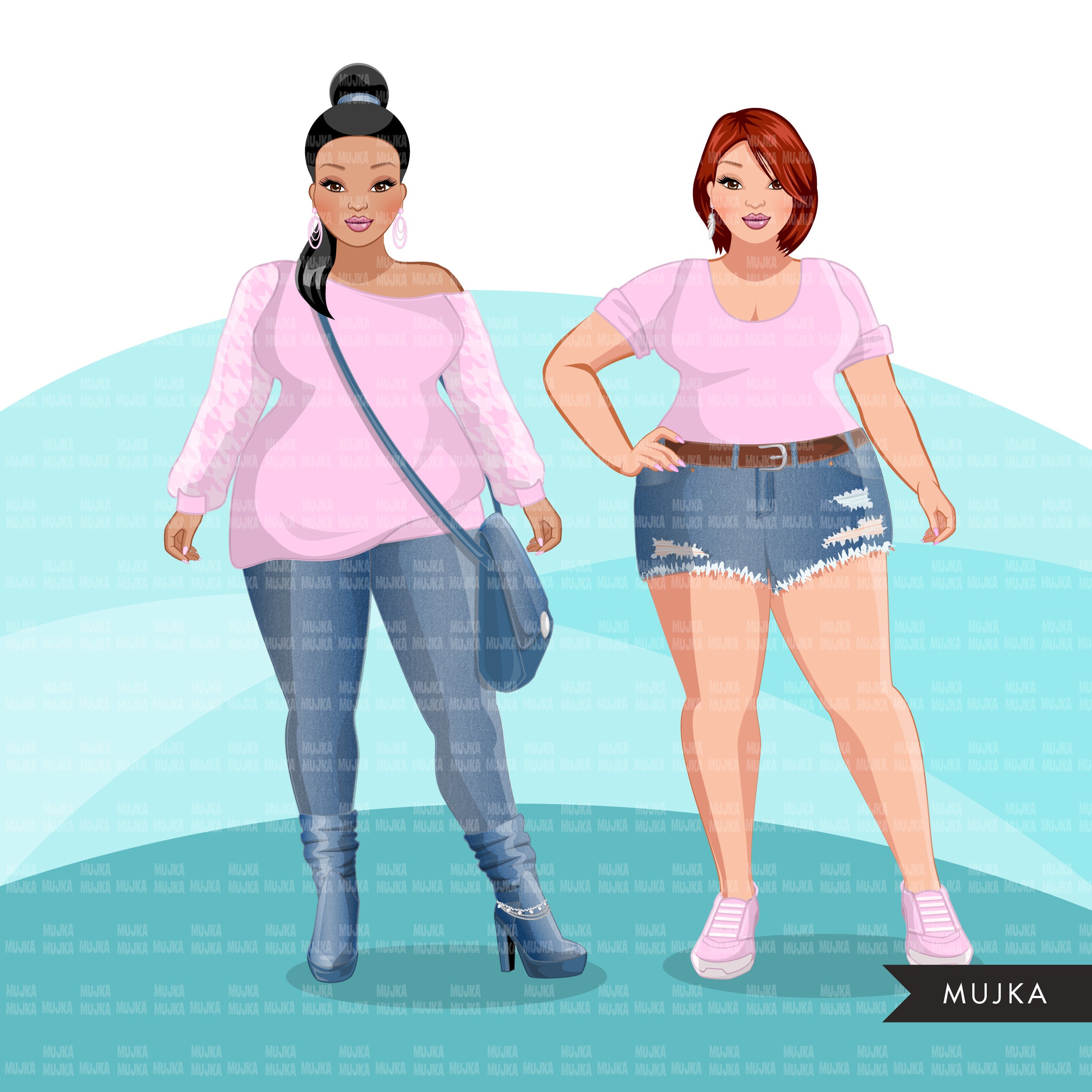

Hong Kong's Red Monkey jeans got a following from Jay Z, Diddy, and got a shoutout from Ghostface Killah on "Ghost Is Back," while Jay Z was spotted rocking a low-slung pair of Samurai jeans with a Hundreds hoodie during 2006's Hangar Tour. ("ASAP") have shouted out the brand on songs. Everyone from Jay Z ("Jigga That Nigga") to Young Jeezy ("Bury me a G") and T.I. Evisu's huge seagull logo on the back pockets made them easy to spot-and only grew more conspicuous over time. The labor-intensive process, making the jeans on narrow shuttle looms, justified the $300 price tag for many guys. Japanese denim brand, Evisu, was a favorite of rappers in the beginning of the millenium. The trend stays prevalent among youths who prefer their jeans flashy and low-hanging, just look at kids like Chief Keef for proof. Tity Boi re-christened himself as 2 Chainz and dropped his T.R.U. Brands like Seven for All Mankind, Paper Denim & Cloth, and True Religion gained popularity with women and rappers, the latter of which favored the excessive branding from labels like Antik Denim and True Religion.ĭipset members like Jim Jones and associates like Vado put the brand on their butts, and the Shop Boyz urged everyone to "Party LIke a Rocktar" in 2007-dressing like one required bedazzled jeans, studded belts, and all manner of skulls and crossbones. Trick Daddy's "Shut Up" perhaps most aptly sums up the change in mentality: "(Are those Bugle Boy jeans you're wearin?)/Hell nah ho, you know they Polos!" Meanwhile "premium" denim brands with price points upwards of $150 grew in popularity. Hip-hop was big business by the 2000s and with the big bucks came expensive taste in denim. RELATED: Gallery: Tommy Hilfiger Was Awesome in the '90s Interestingly, Tommy's son, Rich Hilfiger (a.k.a. What it taught me was never to follow a trend, because trends move on," Tommy said years later. But now I look at that period with the rappers in the '90s as a trend of the moment. "I looked at the rap community like street kids wanting their own brand. Despite the fact that the rumor was proven false by both the designer and Oprah, the damage was done and no one has felt quite comfortable ever since in their Tommy overalls. The fad came to an abrupt end in the late '90s when a rumor began to circulate that Hilfiger was racist, telling Oprah that he didn't want rappers to wear his threads. Tommy was so popular that designer imposter versions circulated at thrift shops and swap meets.

The brand was featured in countless music videos and photo shoots and Tommy even enlisted hip-hop personalities like Aaliyah to star in his ad campaigns. Marked by the signature red, white and blue logo, Tommy was the definition of casual luxury. When Snoop Lion (formerly, Dogg) wore a red, white, and blue Tommy Hilfiger rugby on Saturday Night Live in 1994, the American designer went from preppy staples to being hip-hop's favorite designer. RELATED: A History of Versace in Hip-Hop RELATED: A History of the Bucket Hat RELATED: A History of Style Trends Started By Rappers

From the heyday of Tommy Hilfiger overalls (with one strap unhinged, of course) to the "premium" jeans craze that had dudes rocking tons of True Religion, a lot has changed in how rappers and their fans prefer their pants. Call us "jeaneoligists," if you must, here is The Evolution of Denim in Hip-Hop. It took a long time for hip-hop and fashion to intersect in the way they do today-where Kanye West has a collaboration with French denim brand A.P.C. and Future stunts onstage in Givenchy kicks and Balmain jeans. So we charted the course of how hip-hop's denim obsession arrived at its current state. In the '80s, Run DMC and Big Daddy Kane were rocking straight-legged jeans with sneakers and a shorter hem that many dudes would be quick to label highwaters. and Young Jeezy were name-checking Evisu and LL Cool J walked around with one pant leg rolled up. Long before today's slim cuts, baggy jeans by FUBU and Girbaud reigned supreme. Hip-hop's love affair with jeans is as diverse and varied as the genre itself.


 0 kommentar(er)
0 kommentar(er)
